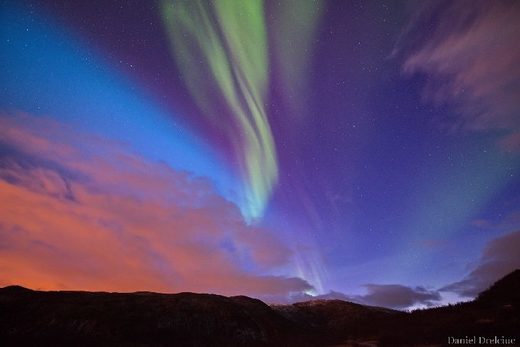
© Daniel DrelciucTaken by on October 26, 2017, at Tromso, Norway
Around the Arctic Circle, people see green auroras almost every night. It's nothing to write home about. Blue auroras, on the other hand, are very unusual. That's why this photo taken on Oct. 26th by
Oliver Wright in Abisko, Sweden, is so remarkable:
"It was totally blue," says Wright, a veteran aurora tour guide who has witnessed hundreds of geomagnetic storms. "I've never seen anything quite like it!" In Tromso, Norway, Daniel Drelciuc saw it, too--"
a big blue mass next to the classic green aurora," he says.
In auroras, blue is a sign of nitrogen. Energetic particles striking ionized molecular nitrogen (N2+) at very high altitudes can produce a cold azure glow, most often seen during intense geomagnetic storms. On Oct. 26th, however, geomagnetic activity was not intense.Maybe these weren't auroras, after all. Another theory is emerging for the blue apparition. On Oct. 26th, the Russian military staged
a nuclear battle drill and test-launched a number of ballistic missiles from land, sea and air. At least one of them created a magnificent cloud of blue exhaust. Alexey Yakovlev photographed the display from Strezhevoy, Russia:
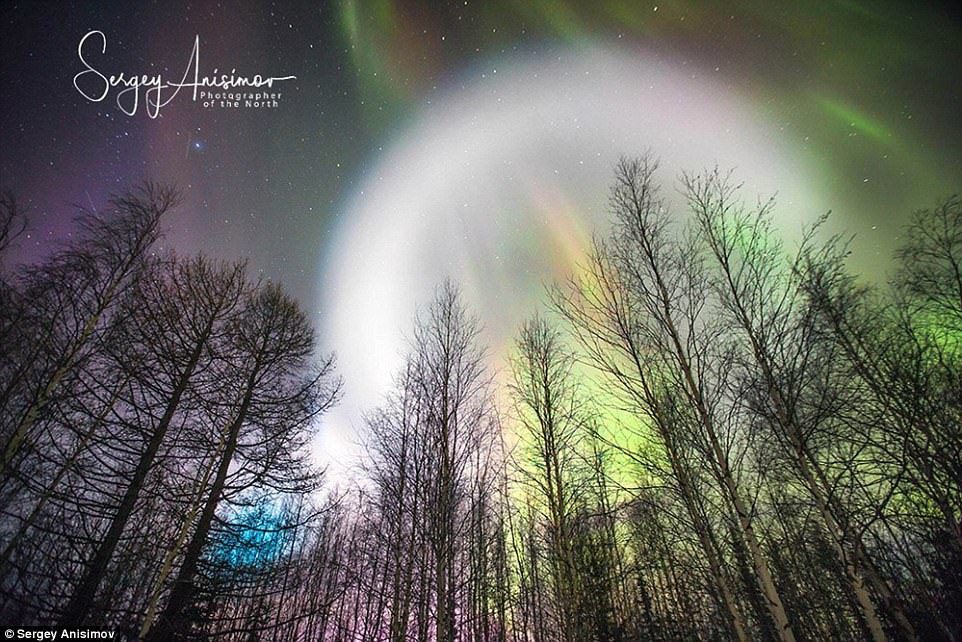
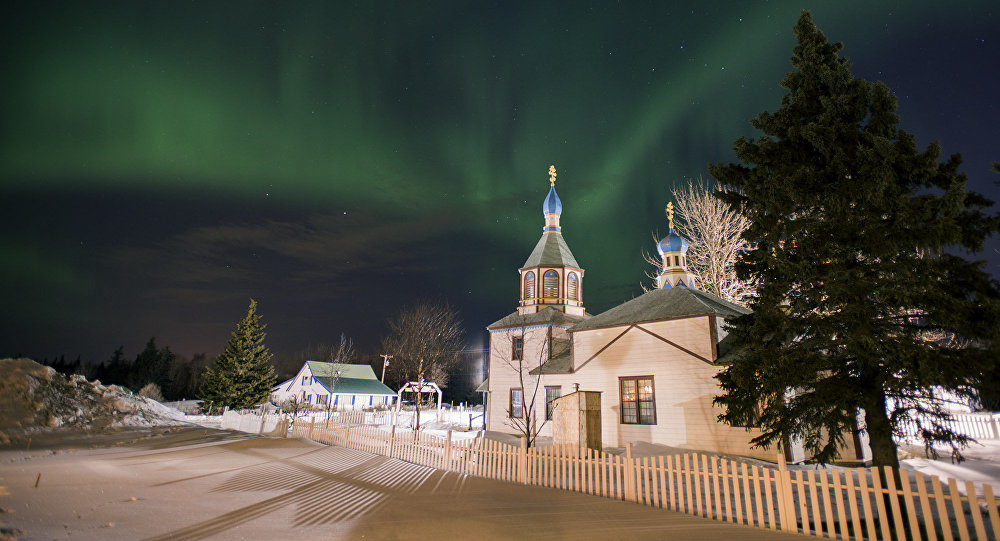
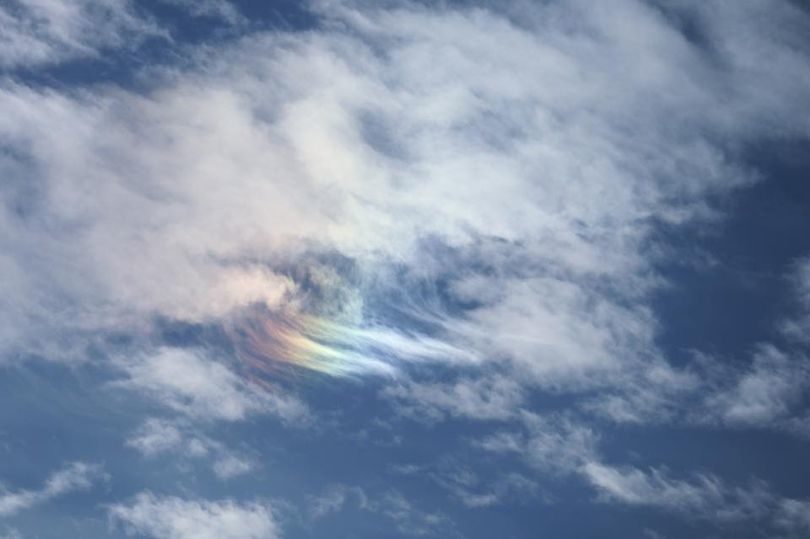
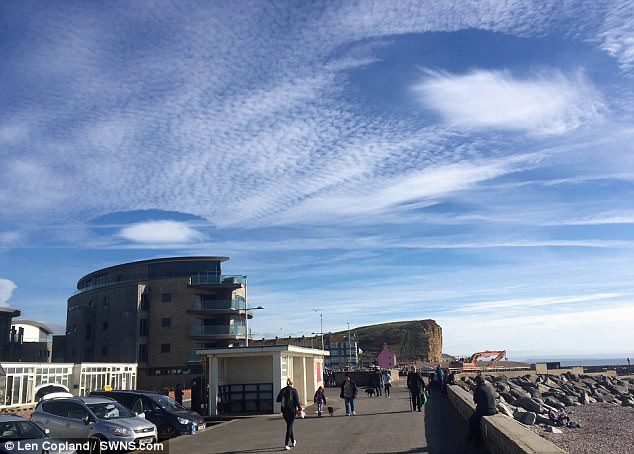
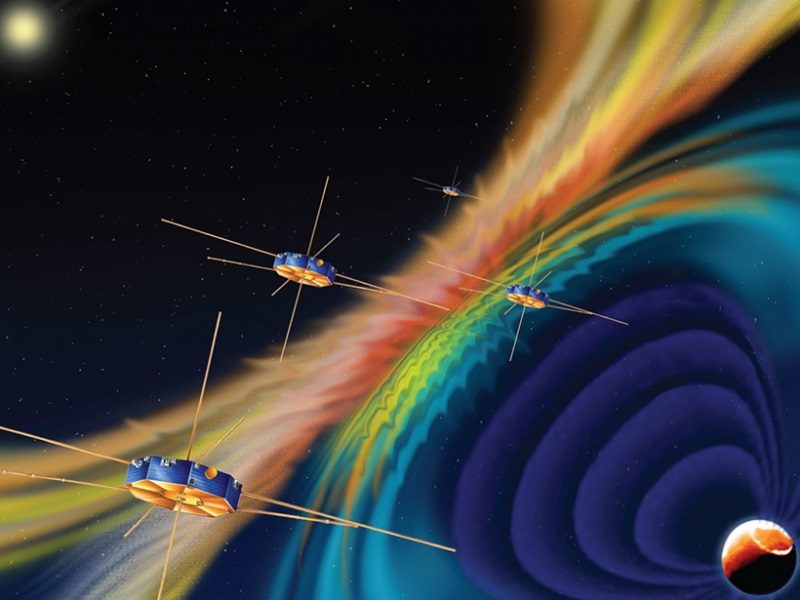
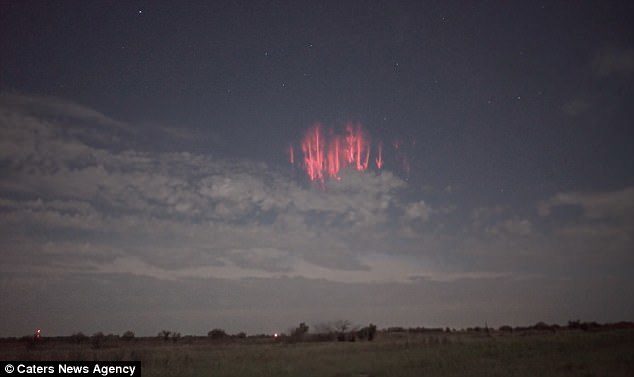
Comment: Perhaps the Russians did it, but perhaps we tend to blame the Russians a bit too much. They're not gods y'know!